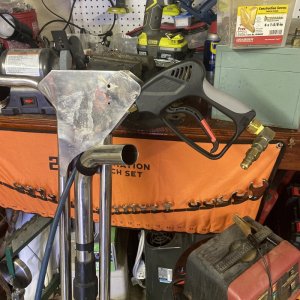1900 North
Member
I need to go before a judge on Friday to answer questions about a cleaning job two years ago. Many companies and individuals were involved. The judge may ask, "if all the urine is removed, why does the spot still fluoresce under a black light?" In 35 years I've never known the correct answer, other than telling customers that if they check with a black light after I'm finished, a lighter spot will still appear, but the odor is gone. Can someone tell me the reason, even the chemical compounds that are involved, in the spots that still fluoresce?




